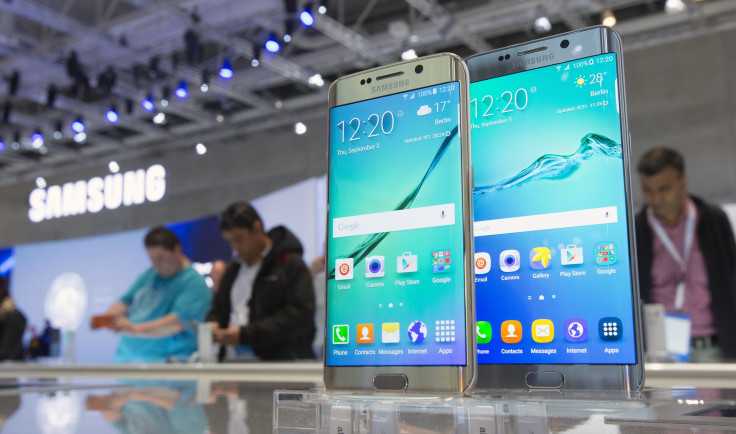Galaxy S7 Rumors: Samsung May Adopt ‘3D Touch’ Technology In Next Smartphone

Samsung may be taking a page out of Apple’s playbook for its next smartphone. The handset maker plans to introduce a pressure-sensitive display on its so-called Galaxy S7, according to the prolific smartphone leaker "I Ice Universe" on Chinese social network Weibo. This is the account that has previously leaked benchmarks for Qualcomm processors in prototypes of Samsung's next handsets, and information about an Apple processor that will come packed with up to six cores.
Only Samsung won’t be using the technology found in the iPhone 6S. Instead, it is expected to partner with Synaptics, which last Tuesday launched its own ClearForce brand of touchscreen display sensors and controllers that can tell the difference between a light tap and a hard press.
Samsung isn’t the only Android maker jumping into the pressure-sensitive display race. In September, Huawei introduced a special version of its Mate S smartphone that uses similar “Force Touch” technology for control gestures such as gaming controls and zooming into pictures. Technically, Huawei beat Apple to the punch by unveiling the handset days before the Sept. 9 iPhone event. But the Mate S isn’t expected to be available widely until sometime next year.
To be clear, Samsung hasn’t officially announced any of its Galaxy S7 smartphones. But if it follows the trend of previous releases, consumers are likely to see the first handset debut sometime during the first quarter of 2016. A pressure-sensitive display isn’t the only thing on the table for Samsung’s 2016 handsets. According to technology blog Samsungviet, Samsung may manufacture only one handset with a curved display next year.
The company’s handset business has suffered in recent quarters, as it faced increased pressure in China from both Apple and domestic manufacturers such as Huawei, Xiaomi and Lenovo. Samsung is forecasting a turnaround in its third-quarter operating profits, with a 79.8 percent increase over last year. However, that’s expected to come not from handset sales but from a weakening South Korean won.
© Copyright IBTimes 2024. All rights reserved.





















